Have you ever pondered the enigmatic nature of diorite rocks? These intriguing formations possess a distinct allure that beckons exploration.
As you begin to unravel the intricacies of diorite’s identification and characteristics, a fascinating world of geological wonders awaits your discovery.
Let’s delve deeper into the secrets that diorite rocks hold, shedding light on their unique attributes and captivating allure.
Origin of Diorite Rocks
Diorite rocks form through the slow cooling of magma deep beneath the Earth’s surface. This process allows for the crystallization of minerals like plagioclase feldspar, biotite, hornblende, and pyroxene, giving diorite its distinct composition and texture. The origin details of diorite rocks trace back to their formation in intrusive igneous bodies, such as plutons or batholiths. These structures solidify from magma that has slowly cooled over thousands to millions of years, allowing for the development of coarse-grained textures characteristic of diorite.
Geological history reveals that diorite rocks often occur in association with other intrusive rocks like granite and gabbro. This indicates the complex processes that occur beneath the Earth’s surface, where different magmas interact and solidify to form diverse rock types. The presence of diorite in such geological contexts provides valuable insights into the evolution of Earth’s crust and the movements of tectonic plates over millions of years. Studying the origin and distribution of diorite rocks contributes to our understanding of the planet’s deep-seated processes and the forces that shape its surface.
Physical Characteristics
After understanding the origin of diorite rocks in intrusive igneous bodies, it is crucial to examine their physical characteristics to grasp their unique attributes and features. Diorite composition typically consists of plagioclase feldspar, biotite, hornblende, and sometimes pyroxene, giving it a speckled appearance. This composition results from the slow cooling of magma deep within the Earth’s crust. The formation of diorite occurs through the crystallization of these minerals, creating a coarse-grained texture.
When it comes to texture, diorite is known for its medium to coarse-grained structure, which is visible to the naked eye. The coloration of diorite ranges from light gray to dark gray, with black and white speckles dispersed throughout the rock. These color variations are due to the different minerals present in the rock.
| Diorite Composition & Formation | Diorite Texture & Coloration |
|---|---|
| Plagioclase feldspar, biotite, hornblende, pyroxene | Medium to coarse-grained texture |
| Slow cooling of magma in the Earth’s crust | Light to dark gray with black and white speckles |
Mineral Composition
When identifying diorite rocks, it’s crucial to understand the mineral types present and their physical properties.
By examining the mineral composition, you can determine the specific characteristics that make up diorite.
This analysis will help you distinguish diorite from other types of rocks based on its unique mineral makeup.
Mineral Types
Identifying the mineral types in diorite rocks can provide valuable insights into their composition and formation. Diorite is primarily composed of plagioclase feldspar, biotite, hornblende, and pyroxene minerals. Understanding these mineral compositions is crucial for mineral identification and classification in geological studies. The presence of specific minerals like plagioclase and biotite helps classify diorite rocks within the igneous rock formation. Below is a table showcasing the mineral types commonly found in diorite rocks:
| Mineral Type | Composition |
|---|---|
| Plagioclase | Calcium and Sodium |
| Biotite | Iron, Magnesium |
| Hornblende | Calcium, Sodium |
| Pyroxene | Iron, Calcium |
Physical Properties
To understand the physical properties of diorite rocks, examine the mineral composition, which plays a crucial role in their classification and formation. Diorite is primarily composed of plagioclase feldspar, biotite, hornblende, and sometimes pyroxene minerals. These minerals give diorite its speckled appearance and medium to coarse-grained texture.
The geological formations of diorite occur in igneous intrusions, often associated with granite. Its chemical composition, rich in silica and feldspar, contributes to its durability and resistance to weathering. Mining operations target diorite for its use as crushed stone in construction and road building. Economically, diorite holds importance in the industry due to its suitability for ornamental stone and its role in infrastructure development.
Texture and Coloration
When examining diorite rocks, you’ll notice various texture variations that range from coarse to fine.
The color spectrum of diorite rocks can encompass shades of black, grey, and even green due to the minerals present.
Understanding these texture and color characteristics can aid in identifying diorite rocks accurately.
Texture Variations
With a range of texture variations, diorite rocks display distinctive coloration patterns that aid in their identification. When examining texture variations in diorite rocks, mineralogy analysis plays a crucial role in understanding their composition.
Here are some key points to consider:
- Grain Size: The size of grains in diorite rocks can vary, affecting the overall texture and appearance.
- Grain Arrangement: The arrangement of grains within the rock can provide insights into the cooling history and formation processes.
- Mineral Distribution: Observing how minerals are distributed within the rock can help in distinguishing different types of diorite based on texture variations.
Color Spectrum
Exploring the color spectrum of diorite rocks reveals a fascinating interplay between texture and coloration that aids in their distinctive identification. Diorites typically exhibit a mottled appearance with a range of colors, including black, white, grey, and green. These color variations are a result of the rock’s mineralogy, primarily composed of plagioclase feldspar, biotite, hornblende, and sometimes quartz.
The geological significance of diorite lies in its formation through the crystallization of magma deep within the Earth’s crust. Historically, diorite has been valued for its durability and strength, making it a popular choice for construction materials, sculptures, and architectural embellishments. Understanding the color spectrum of diorite rocks provides valuable insights into their composition and uses.
Formation Process
Diorite rocks form through a complex process involving the cooling and solidification of magma deep within the Earth’s crust. This formation process is intricately tied to the geological history of the Earth, shaping the characteristics of diorite rocks.
Here’s a deeper look at how diorite rocks are formed:
- Magma Intrusion:
- Magma rich in silica and minerals rises towards the Earth’s crust.
- As the magma moves upwards, it intrudes into existing rock formations.
- Slow Cooling:
- Upon intrusion, the magma cools slowly underground.
- This slow cooling process allows for the formation of large crystals within the rock.
- Mineral Composition:
- The specific mineral composition of diorite, including plagioclase feldspar and hornblende, is a result of the cooling process and the chemical makeup of the original magma.
Understanding the formation process of diorite rocks provides insights into their unique characteristics and helps geologists interpret the geological events that have shaped the Earth’s crust over millions of years.
Geological Occurrence
After understanding how diorite rocks form through the cooling and solidification of magma deep within the Earth’s crust, it is crucial to explore their geological occurrence to grasp their distribution and significance in the Earth’s geological history. Diorite is primarily found in continental crust regions where ancient volcanic activity and magma intrusions have taken place. This rock type is commonly associated with mountain-building processes, such as subduction zones and collisional boundaries between tectonic plates. Understanding the geological formation of diorite provides insights into the rock classification and helps geologists interpret past geological events.
| Geological Formation | Rock Classification |
|---|---|
| Formed through magma cooling and solidification deep within the Earth’s crust | Igneous rock |
| Associated with mountain-building processes like subduction zones | Intrusive rock |
| Found in continental crust regions with evidence of ancient volcanic activity | Intermediate composition |
Distinguishing Features
Identifying diorite rocks can be facilitated by examining their distinct mineral composition and texture. When trying to distinguish diorite from other rocks, there are key features to look out for:
- Mineral Composition: Diorite is primarily composed of plagioclase feldspar, biotite, hornblende, and sometimes pyroxene. These minerals give diorite its characteristic speckled appearance.
- Color: Diorite typically appears as a speckled gray or black rock, with dark mineral grains contrasting against a lighter background.
- Texture: The texture of diorite is often described as phaneritic, meaning that its mineral grains are visible to the naked eye. This coarse-grained texture sets diorite apart from finer-grained rocks like basalt.
Common Uses in Industry
You’ll find that diorite is extensively utilized in various industrial applications due to its durability and strength.
It plays a crucial role in construction projects, as diorite is commonly used for building materials like countertops and floor tiles.
Additionally, diorite is a popular choice for landscaping purposes, adding a touch of elegance to outdoor spaces.
Industrial Applications of Diorite
Diorite finds extensive application in various industries due to its durability and resistance to weathering. It serves well in mining applications, offering economic benefits through its strength in constructing mine shafts and tunnel walls, which require robust materials.
Additionally, diorite is sought after as a sculpture material for its fine texture and suitability for intricate carvings, commonly used for decorative purposes in architecture and art. Its ability to withstand harsh conditions makes it a favorable choice for outdoor sculptures and monuments, ensuring longevity and preservation of artistic works for generations to come.
Diorite in Construction
In the construction industry, diorite serves as a reliable and durable material for a variety of applications, showcasing its strength and longevity in various structural projects. Its durability makes it a preferred choice for construction applications requiring robust materials that can withstand harsh conditions.
Diorite is commonly used in building foundations, countertops, and even decorative elements due to its aesthetic appeal and design possibilities. Its speckled appearance adds a touch of elegance to architectural designs, making it a versatile option for both interior and exterior construction projects.
With its combination of durability and aesthetic qualities, diorite continues to be a popular choice in the construction industry for creating long-lasting and visually appealing structures.
Diorite for Landscaping
When landscaping with diorite, consider its versatility for creating visually striking and durable outdoor features.
- Enhanced Aesthetics:
- Diorite’s speckled appearance adds texture and depth to garden pathways.
- Durability:
- Its high strength makes diorite ideal for retaining walls that can withstand outdoor elements.
- Low Maintenance:
- Due to its resistance to weathering, diorite requires minimal upkeep, ensuring long-lasting beauty for your landscape.
Diorite landscaping leverages the properties of this rock to not only enhance the visual appeal of outdoor spaces but also to provide lasting structural integrity, making it a valuable choice for various landscaping projects.
Environmental Impact
Considering the extraction and processing of diorite rocks, the environmental impact is a crucial aspect to evaluate. When diorite is quarried, it can lead to habitat destruction and soil erosion, impacting local ecosystems. However, mining companies are increasingly implementing sustainability practices to mitigate these effects. Conservation efforts and ecosystem restoration projects are also being undertaken to restore areas affected by diorite extraction. By supporting responsible mining practices and promoting biodiversity conservation, the environmental impact of diorite can be minimized.
Environmental Impact Table
| Environmental Impact | Sustainability Practices |
|---|---|
| Habitat Destruction | Reforestation efforts |
| Soil Erosion | Water recycling systems |
| Biodiversity Loss | Energy-efficient machinery |
Comparison With Similar Rocks
Exploring how diorite rocks compare to similar rocks reveals key distinctions in their characteristics and applications. When considering the comparison between diorite and gabbro, some important points emerge:
- Diorite vs. gabbro comparison:
- Diorite is a coarse-grained rock mainly composed of plagioclase feldspar, biotite, hornblende, and sometimes pyroxene, while gabbro consists primarily of pyroxene, plagioclase feldspar, and olivine.
- Diorite is typically lighter in color compared to gabbro, which tends to be darker due to its higher iron content.
- Diorite is commonly found in continental crust formations, whereas gabbro is more prevalent in oceanic crust regions.
Considering the broader spectrum of igneous rocks, it becomes evident that while diorite and gabbro share similarities as intrusive igneous rocks with coarse textures, their mineral compositions and geological occurrences set them apart. Understanding these nuances can aid in geological surveys and construction material selections.
Notable Diorite Formations
Numerous significant formations of diorite showcase the rock’s distinctive characteristics and geological importance. Diorite has been utilized in various geological formations, shaping landscapes and preserving the history of ancient civilizations. Its durability and unique appearance have made it a preferred choice for architectural and sculptural masterpieces by many cultures throughout history.
| Geological Formations | Cultural Significance |
|---|---|
| Ancient pyramids of Egypt | Artistic sculptures |
| Stonehenge in the UK | Temples in Mesopotamia |
| Mount Popa in Myanmar | Mayan ruins in Mexico |
The ancient pyramids of Egypt, constructed using diorite blocks, stand as a testament to the rock’s strength and endurance. Similarly, Stonehenge, a prehistoric monument in the UK, features massive diorite stones, highlighting the cultural significance and mystical aura surrounding this rock. Mount Popa in Myanmar, a volcanic formation, showcases the geological diversity and beauty of diorite, while also emphasizing its presence in various ancient civilizations’ architectural wonders.
Preservation and Conservation
Moving from the notable diorite formations to preservation and conservation, understanding the historical significance of these geological wonders becomes crucial for safeguarding their legacy. When it comes to preserving diorite rocks, employing effective preservation techniques is essential to ensure these formations remain intact for future generations to appreciate.
Conservation practices play a vital role in maintaining the natural beauty and integrity of diorite formations, helping to protect them from erosion and human interference. To delve deeper into this subject, consider the following points:
- Preservation Techniques:
- Regular monitoring and maintenance of diorite sites.
- Application of protective coatings to prevent weathering.
- Implementation of controlled access measures to limit human impact.
Interesting Facts About Diorite
Diorite, a versatile igneous rock, boasts intriguing characteristics that set it apart from other geological formations. One of the most interesting properties of diorite is its unique composition, which consists of roughly equal parts of plagioclase feldspar, biotite, hornblende, and pyroxene. This combination gives diorite its distinctive appearance and durability, making it a popular choice for various construction projects.
In terms of rock formations, diorite often forms large intrusive bodies beneath the Earth’s surface. These formations can cool slowly over time, allowing large crystals to develop within the rock. This slow cooling process contributes to the strength and resilience of diorite, making it ideal for use in countertops, flooring, and monuments.
Another fascinating fact about diorite is its prevalence in ancient architectural structures. Throughout history, civilizations like the Egyptians and the Greeks used diorite in the construction of temples, statues, and other significant monuments. This historical significance adds to the allure of diorite as a valuable and enduring geological material.
Frequently Asked Questions
Can Diorite Rocks Be Used for Jewelry Making?
Yes, diorite rocks can be used for jewelry making due to their durability and unique appearance. With the right crafting techniques, they can be transformed into stunning pieces. Consider market trends for a modern touch or artisan designs for a bespoke look.
How Does the Hardness of Diorite Compare to Other Types of Rocks?
When comparing the hardness of diorite to other rocks on the Mohs Scale, you’ll find it ranks around 6-7. This places diorite in a moderate range of durability, making it suitable for various applications in construction and sculpting.
Are There Any Superstitions or Myths Associated With Diorite Rocks?
Superstitions and folklore surround diorite, with beliefs in its healing properties and positive energy vibes. Embrace the mystical allure of this rock as it weaves through traditions and stories, offering a touch of magic.
What Role Does Diorite Play in the Formation of Other Types of Rocks?
In the formation processes of various rocks, diorite plays a crucial role due to its unique composition and geological significance. Understanding how diorite interacts with other minerals helps explain the creation of different rock types.
Are There Any Famous Works of Art or Sculptures Made From Diorite?
In artistic expressions, ancient civilizations used diorite to craft sculptural masterpieces and architectural marvels. Its enduring beauty and strength have immortalized stories and beliefs in stone, creating lasting legacies for generations to admire.
Conclusion
In conclusion, diorite rocks are igneous formations with a unique mineral composition and speckled appearance. They’re formed deep within the Earth’s crust and can be found in various geological formations worldwide.
Diorite rocks are known for their durability and are often used in construction and landscaping projects. Next time you come across a diorite formation, take a moment to appreciate its beauty and strength.
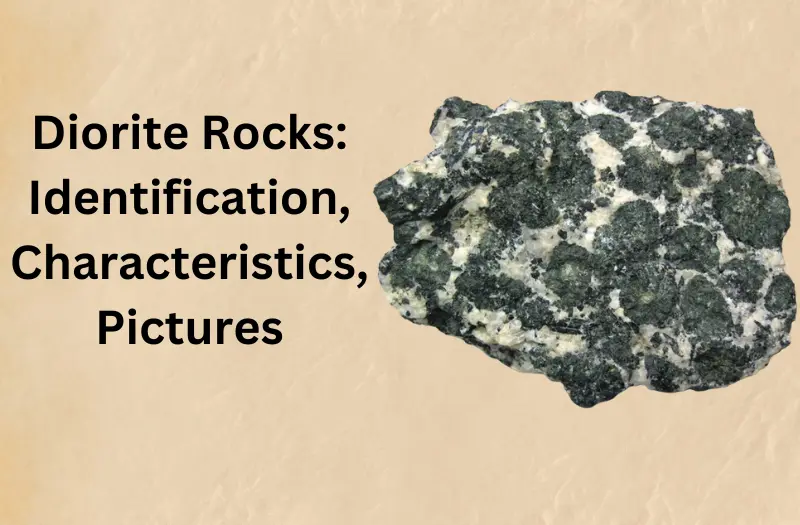
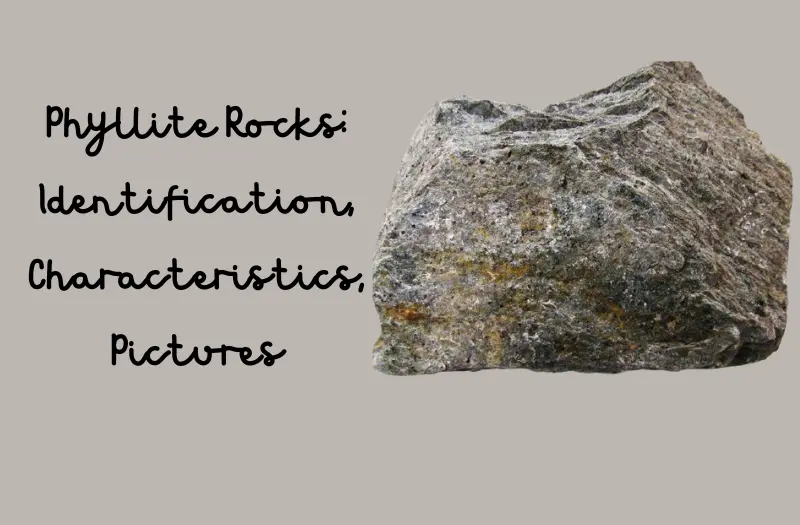
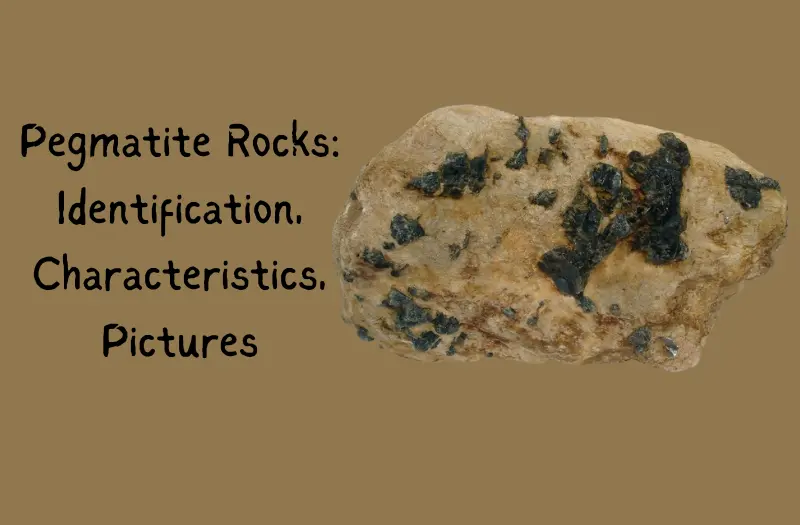
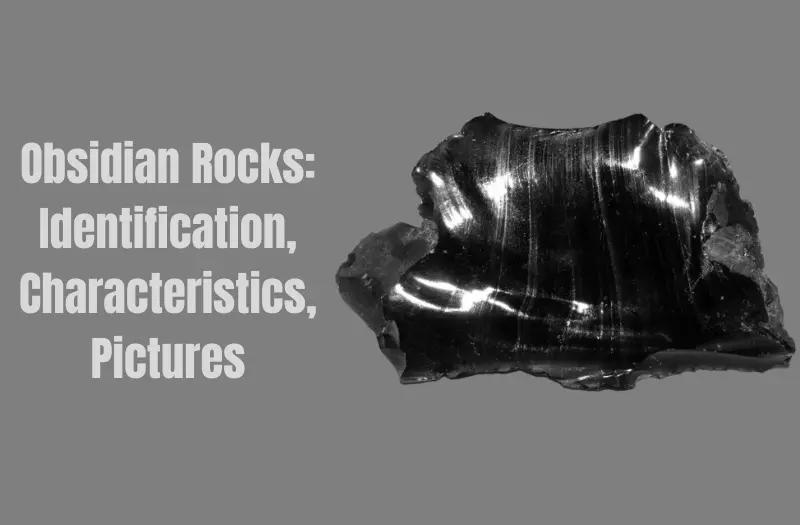
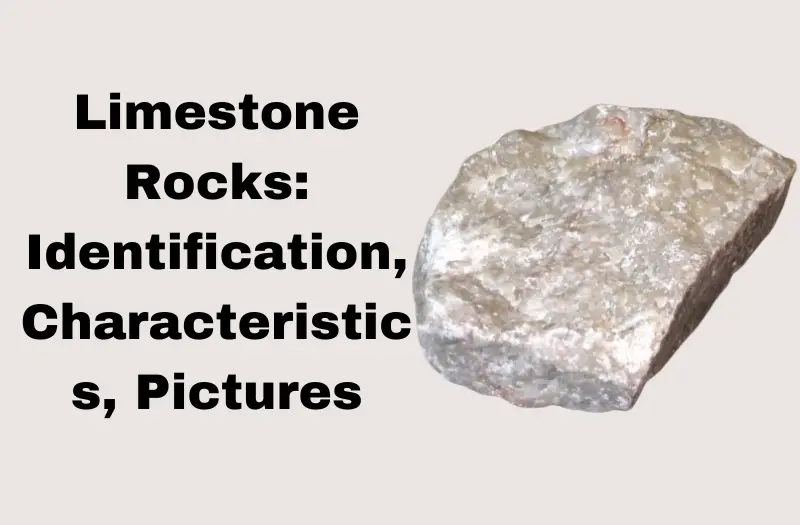
Leave a Reply